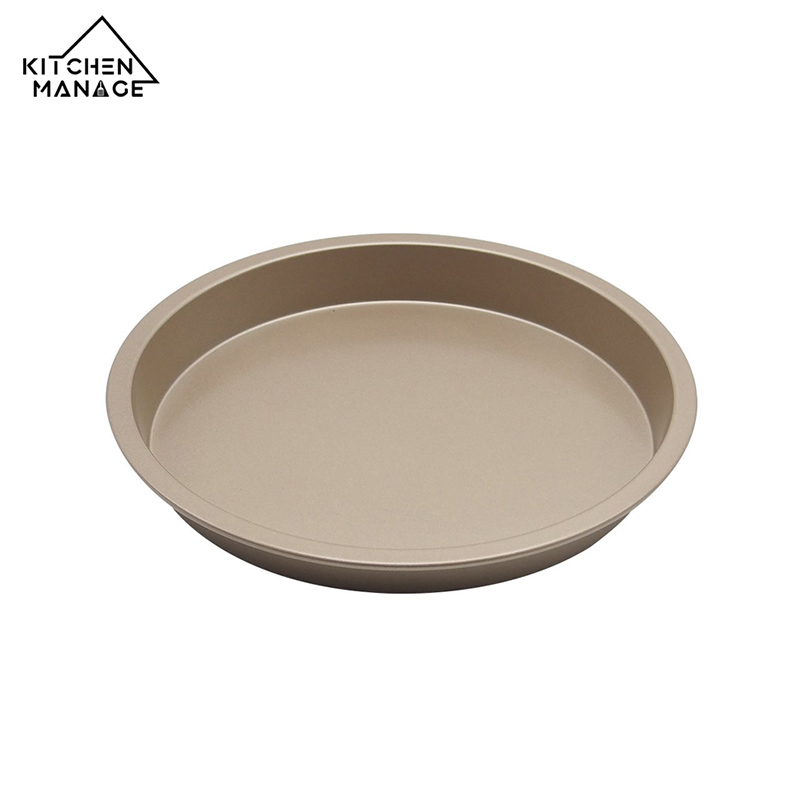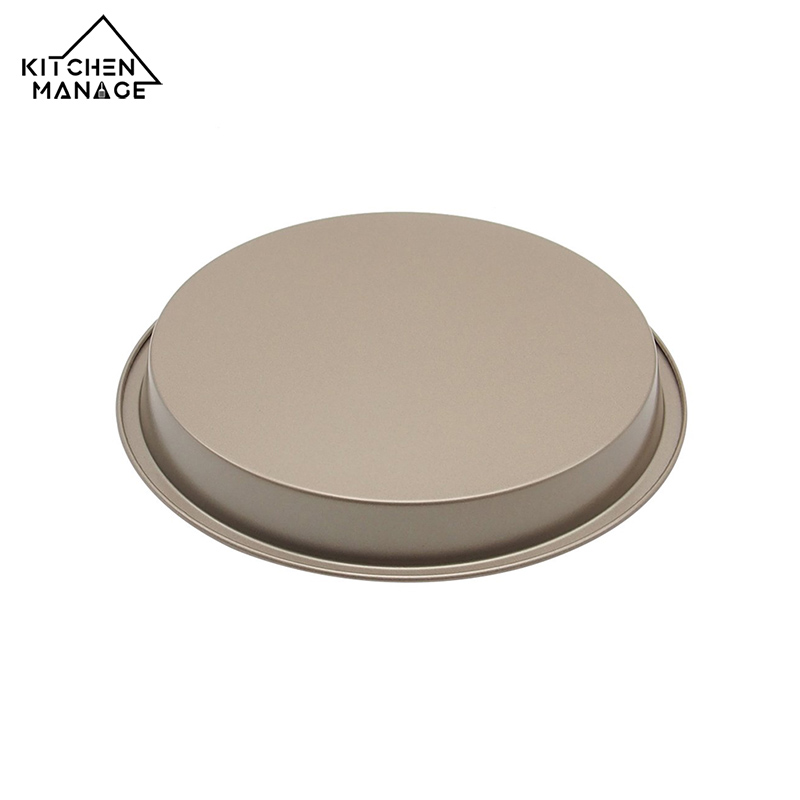When it comes to cooking and baking, the right tools can make all the difference. Among the most essential items in any kitchen are Baking And Cooking Sheets. Whether you’re roasting vegetables, baking cookies, or preparing a full meal, the type of sheet you use can significantly impact your results. In this article, we’ll explore the key factors to consider when choosing the best Cooking Sheet, Baking Sheet, or Cookie Baking Sheet for your kitchen.
Understanding the Types: Cooking Sheets vs. Baking Sheets
Before diving into the specifics, it’s important to understand the difference between Cooking Sheets and Baking Sheets. While they are often used interchangeably, they serve slightly different purposes.
Cooking Sheets: These sheets are generally larger, with a rimmed edge that helps contain juices and prevent spills. They are ideal for roasting meats, vegetables, and even baking sheet pan dinners. The rim ensures that any liquids stay on the sheet, making it perfect for cooking tasks that involve oils or sauces.
Baking Sheets: Typically flat and rimless or with a very shallow edge, Baking Sheets are designed for tasks that require easy access to the food, like baking cookies or pastries. The lack of a high rim allows for better airflow around the food, ensuring even baking and crisping.
Cookie Baking Sheets: A subset of baking sheets, Cookie Baking Sheets are specifically designed for baking cookies. They often feature a non-stick surface to prevent the delicate dough from sticking and are usually rimless, allowing cookies to slide off easily without breaking.
Material Matters: Aluminum vs. Stainless Steel vs. Non-Stick
The material of your Baking and Cooking Sheets plays a crucial role in how your food cooks. Here’s a breakdown of the most common materials:
Aluminum:
Pros: Aluminum sheets are popular due to their excellent heat conductivity, ensuring even cooking. They are lightweight and generally more affordable than other materials. Aluminum is ideal for tasks like baking cookies or roasting vegetables.
Cons: Aluminum can react with acidic foods, which might affect the flavor of your dish. Over time, it may also develop scratches or stains.
Stainless Steel:
Pros: Stainless steel is durable, resistant to rust, and non-reactive, making it a great choice for cooking a variety of foods. It is less likely to warp under high heat and is generally more durable than aluminum.
Cons: Stainless steel does not conduct heat as well as aluminum, which can result in uneven cooking if not carefully monitored.
Non-Stick Coating:
Pros: Non-stick Baking and Cooking Sheets are easy to clean and prevent food from sticking, making them ideal for baking cookies or other delicate items. They often require less oil, making your cooking healthier.
Cons: The non-stick coating can wear off over time, especially if you use metal utensils. It’s important to handle these sheets with care to extend their lifespan.

Size and Thickness: Finding the Right Fit
Choosing the right size and thickness for your Cooking Sheets and Baking Sheets is essential for optimal performance.
Size: Most standard ovens can accommodate a half-sheet pan, which measures approximately 18x13 inches. This size is versatile and suitable for most cooking and baking tasks. However, if you’re working with a smaller oven, you might need a quarter-sheet pan, which measures about 9x13 inches.
Thickness: The thickness of the sheet, also known as its gauge, affects how it conducts heat. Thicker sheets (lower gauge numbers) are less likely to warp at high temperatures and provide more even cooking. For general use, a medium-gauge sheet (around 18-gauge) is a good choice, offering a balance between durability and heat conduction.
Special Features to Consider
When selecting Baking and Cooking Sheets, consider some additional features that can enhance your cooking experience:
Rimmed vs. Rimless: A rimmed Cooking Sheet is essential for roasting and cooking dishes with liquids, while a rimless Baking Sheet is ideal for sliding baked goods off with ease.
Textured Surface: Some sheets come with a textured surface, which promotes even air circulation and prevents sticking. This is especially useful for baking cookies.
Dishwasher Safe: If convenience is a priority, look for sheets that are dishwasher safe. This feature makes cleanup quick and easy, though hand washing is often recommended to extend the life of your sheets.
Cooling Racks: Some Baking and Cooking Sheets come with accompanying cooling racks that fit perfectly within the pan. These racks are great for allowing air circulation around your baked goods, ensuring even cooling and crispness.
Care and Maintenance: Extending the Life of Your Sheets
Proper care and maintenance are key to ensuring the longevity of your Baking and Cooking Sheets. Here are some tips:
Avoid Abrasive Cleaners: To prevent scratching, avoid using harsh scrubbing pads or abrasive cleaners, especially on non-stick surfaces.
Hand Wash When Possible: While some sheets are dishwasher safe, hand washing is often recommended to prevent warping and extend the life of your sheets.
Use Parchment Paper or Liners: Using parchment paper or silicone baking mats can help protect your sheets from stains and scratches, making cleanup easier and extending their lifespan.

Conclusion
Choosing the best Baking and Cooking Sheets involves considering the type, material, size, thickness, and additional features that suit your cooking style. Whether you’re in need of a durable Cooking Sheet for roasting or a specialized Cookie Baking Sheet for perfect cookies, the right sheet will enhance your culinary creations. With the right care and maintenance, your Baking and Cooking Sheets will serve you well for years to come, making every baking and cooking experience a success.
